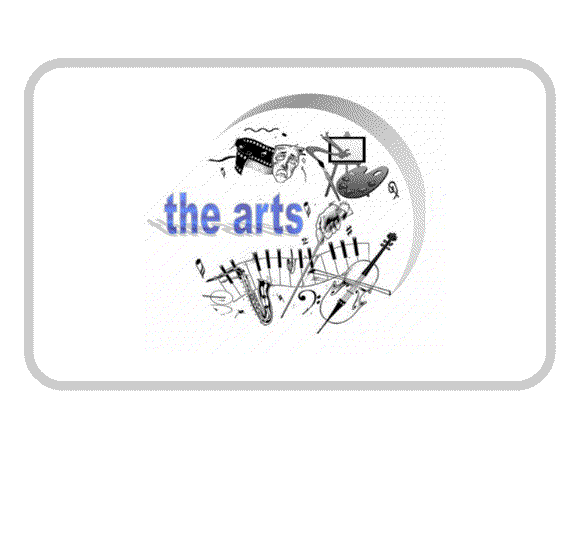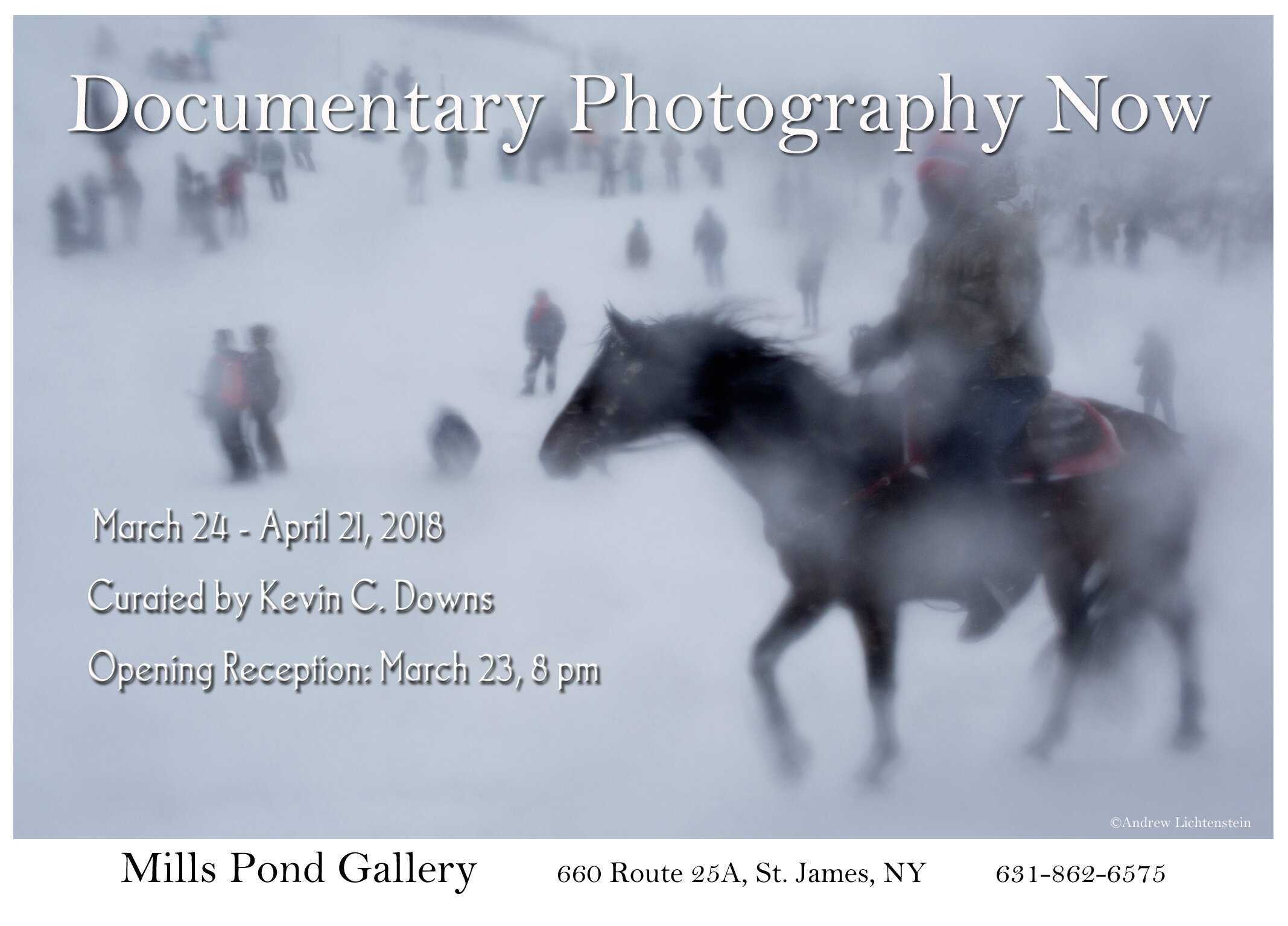Documentary Photography Now
Mills Pond Gallery invites you to step inside the world of documentary photography… curator Kevin C. Downs has assembled an exhibition of images capturing incredible moments, intimate relationships, global issues and more...photos that convey volumes of time and hopefully serve as a vehicle for diverse perspectives to reveal and social issues, spark dialogue, transform assumptions or become a call to action.
Exhibiting Photographers: Ted Barron, Fatemeh Behboudi, Alfredo Bini, Sylvain Cherkaoui, James Whitlow Delano, Cate Dingley, Kevin C. Downs, Jérôme Gence, Sid Kaplan, Boryan Katsarova, Andrew Lichtenstein, Ken Light, Catalina Martin-Chico, Beth Nakamura, Robert Nickelsberg, Frédéric Noy, Peggy Peattie, Lois Raimondo, J. B. Russell, Q. Sakamaki, Ekaterina Solovieva, Maggie Steber, Joana Toro, Melanie Wenger
View Exhibition Images
Many of the exhibiting photographers are represented by Cosmos. About Cosmos: When created in 1979, Cosmos was mainly meant to syndicate in France reports from foreign photographers and agencies. With the computer revolution and the market changes, Cosmos had to evolve. It bowed to today's necessities adapting to new technologies, and widened its sphere of operations to a dozen countries. Now the agency represents more than forty photographers in France and abroad. A gallery is used to exhibit for the public at large, pictures that are not always published in the press. More than thirty years after its creation, Cosmos survived the medias' upheavals. The agency put its knowledge and experience for the photographers' benefit and allows them to work with complete freedom. Its objective has always stayed the same: favor both the authors and in-depth reports on social issues. Showing the world how it is, photographers always hope to arouse people's awareness and take part in positive changes. Our role is to make their images visible by the greater number.
Printing provided by Canon U.S.A., Inc. using the imagePROGRAF PRO Series Printers
There’s no need to say how “good” these images are, how “talented” this group of photographers selected by Kevin Downs — himself a talented photographer – are. There’s no need because viewers will immediately know it, feel it for themselves. These are powerful images of powerful life moments, and as such they will reach out to any audience, whether that of seasoned colleagues or on the contrary viewers who only have a marginal interest in photography. And this, despite the fact that many series shown in this exhibition are about very hard life moments.
This group of photographers exemplify what documentary photography is. First and foremost, documentary photography is not isolated images, however good (beautiful, gripping, well conceived?), but stories, series, a narrative, some form of continuity which never manages to tell the whole thing (what could???) but to involve us – even for a short moment – into someone else’s life. Documentary photography, just like ethnology with which it shares many points, tells us — however briefly — that there is a world outside and beyond us.
The way these stories are told, the “angle”, the visual form may differ greatly, yet all share one thing which makes a documentarian: they result from the photographer’s deep involvement. Do not take this word lightly, for commitment is not simply the mark of honesty. It is also the cause of a much suffering. Being a documentarian means going beyond one’s comfort zone all the time, and not simply intellectually or emotionally. These women and men who are telling you/us these stories about other women and men, have done so at considerable risks for themselves. Physical danger often (life and limb), physical suffering always, but also great economic risk and hardship.
For doing documentary takes time, and a lot of it, and time is money especially as documentary work, more than other forms of photography today, finds fewer and fewer outlets and economic backers. So, much documentary work was done by these photographers on the side, on their own time and money. I have no qualms about speaking of money for without money, no pictures, and without those pictures, the world will be the poorer for it. Documentary photography has never been more necessary, but the money for it has never been scarcer. So support your documentarians by any means, and not just by looking at their work — which of course you should do — but get involved with them for a more human(e) world. “Homo sum; humani nihil a me alienum puto” [“I am human so nothing human is alien to me”] as Terence, the Latin poet wrote in 163 AD.
Jean Kempf, Professor of American Cultural History Studies
University of Lyon Visiting faculty, Department of Visual Arts, University of Wyoming (2018)

